The Birmingham Energy Institute was the first to recognise that achieving all 17 of the Global Goals would depend to a greater or lesser extent on developing clean cooling technologies – and for many Goals, clean cold would be vital.
Read our Clean Coal and the Global Goals report (pdf)
To date cooling has been largely ignored and as Sustainable Energy for All states: “Given that millions of people die every year from lack of cooling access, whether from food losses, damaged vaccines or severe heat impacts, this is a glaring omission”.
The need for cooling is universal but cooling means very different things to different groups of people.
In the developed world, it is about air-conditioned offices, hotel rooms, even increasingly apartments, a fridge full of fresh food and convenience meals from all over the world; ice in our drinks. In Dubai 50% of electricity is for air conditioning, 75% at the peak. The United States consumes more electricity for space cooling than the 1.1bn people in Africa for everything. In Europe more than 75% of our food goes through the cold chain at some point.
But subsistence farmers to slum dwellers equally have need for cooling but in very diverse and critical ways: extending the life of crops while trying to moving them to market; ensuring access to basic vaccines; bearable or even just safe working and living environments. Heatwaves already kill an estimated 12,000 people annually across the world. The World Health Organization forecasts that by 2050, deaths from heat waves could reach 260,000 annually unless governments (primarily cities) adapt to the threat.
Examples of the impact of Cooling on Sustainable Development Goals
1. No Poverty
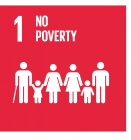
Cold chains enhance income for fishermen and farmers through improved pricing for produce and reduced waste.
2. Zero Hunger
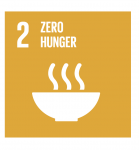
Refrigeration enhances food security through extending shelf-life of produce so that less is wasted. Also, reduced waste increases incomes in farming and fishing communities.
3. Good Health and Well-being
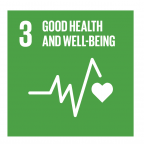
Access to refrigeration and a robust medical cold chain leads to reduced vaccine and medicine spoilage whilst access to refrigeration in the food cold chain reduces food waste and makes transport of food stuff feasible, this creates opportunities for more diversified diets.
4. Quality Education
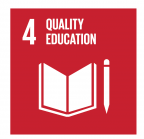
Ability to work and thermal comfort are inter-related. Reducing the risk of malnutrition also positively impacts academic performance.
5. Gender Equality
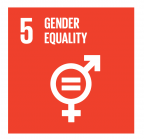
Women make up almost half the agricultural workforce in Africa, and far more in some individual countries. If combined with policies to improve women farmers’ access to finance and resources, clean cold chains could benefit women disproportionately and help narrow the gender gap.
6. Clean Water and Sanitation
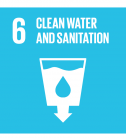
Avoidable food spoilage/waste incurs very substantial water waste.
7. Affordable and Clean Energy
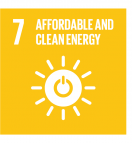
Refrigeration and air conditioning both consume very substantial quantities of energy. Global air conditioning energy demand, is forecast to rise 33-fold by 2100 to more than 10,000 TWh (terrawatts), roughly half the total electricity generated worldwide in 2010.
8. Decent Work and Economic Growth
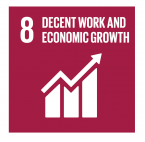
Agriculture and fishing are very significant employers. Enhancing the efficiency of these industries by reducing waste as well as market connectivity will improve profitability.
Also, productivity and thermal comfort are interrelated.
9. Industry Innovation and Infrastructure
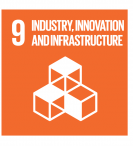
All forms of cooling will require substantial infrastructure investments to be delivered and also considerable innovation is required to enhance efficiencies.
10. Reduce Inequalities
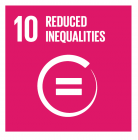
Clean cold technologies could help reduce inequality both within and between countries. Looking at income inequality; clean cold chains would reduce poverty by lowering food prices and raising farmers’ incomes.Better nutrition and thermal comfort would improving the educational outcomes of the most disadvantaged in society.
In terms of gender inequality, cold chains combined with support from policy will improve access of agricultural resources to female farmers which could help reduce the gender gap by enabling these female farmers to access higher value exports.
11. Sustainable Cities and Communities
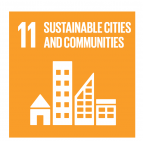
Heat island effects and building design mean that space cooling is essential in urban environments.
Food security in cities where very little farming land is available is critically dependent on a cold chain.
12. Responsible Consumption and Production
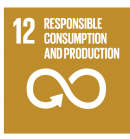
Food waste can be reduced through proper access to refrigeration and cold chains.
13. Climate Action
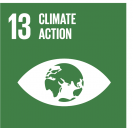
Cooling uses substantial quantities of energy and contributes direct emissions from refrigerant leakage.
14. Life Below Water
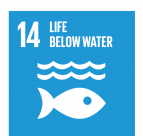
Wastage of marine products before market increases pressure on fish stocks.
15. Life on Land
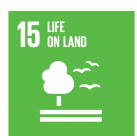
Reducing food wastage will ease the main driver of deforestation and land degradation.
16. Peace and Justice
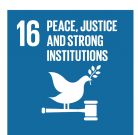
Clean cold technologies could indirectly help to maintain peace by helping to contain current sources of conflict including rising food prices (Arab Spring) and rural migration. due to rural poverty.
17. Partnership for Goals
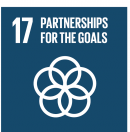
In most developing countries, cooling infrastructure is currently rudimentary or non-existent. We have a brief opportunity to use partnership through which developing countries leapfrog direct to clean cold and the ‘cold economy’ – making an important contribution to every one of the Global Goals.